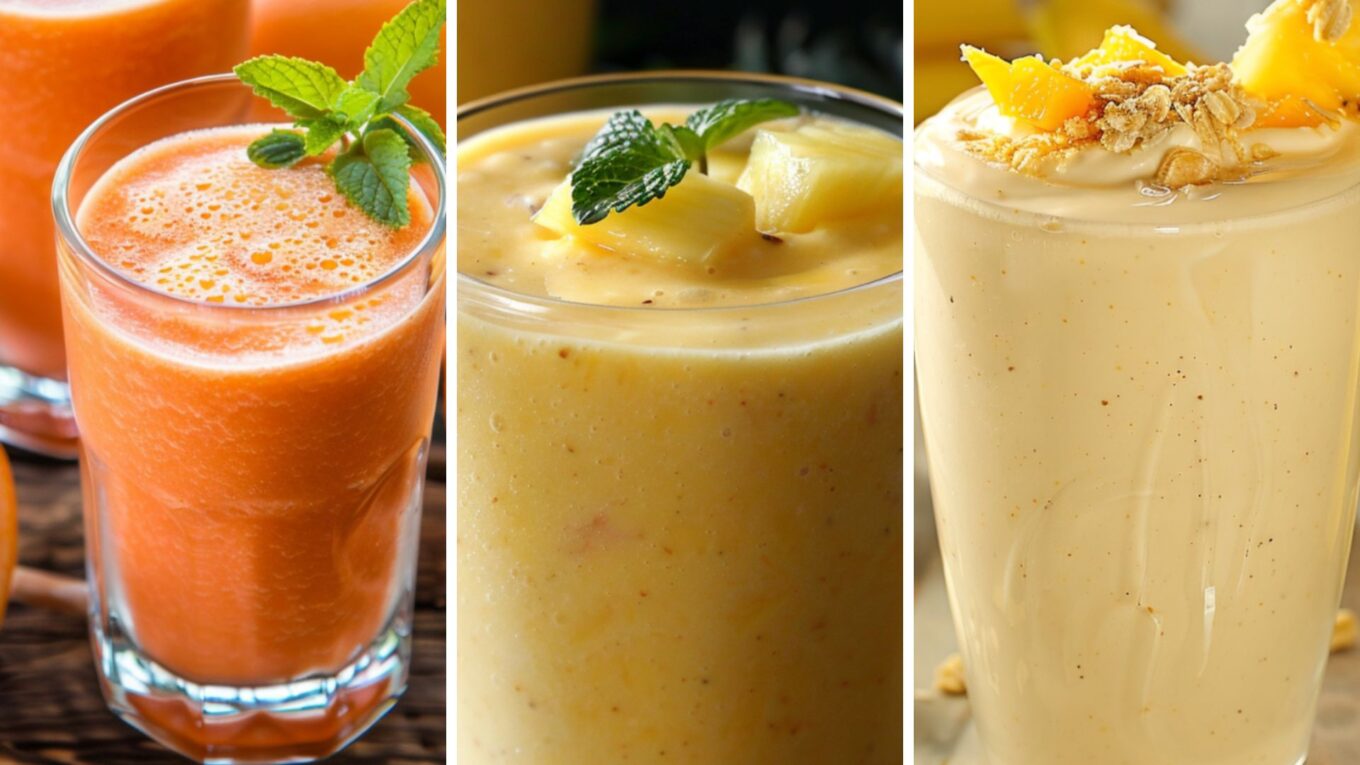Are you looking for a delicious and nutritious way to boost your health? Tropical smoothies are a great option, but with so many recipes, it can be hard to know which packs the most nutritional punch.
In this blog post, we’ll compare some of the most popular tropical smoothie recipes and break down their health benefits.
From vitamin-rich fruits to protein-packed additions, we’ll explore the ingredients that make these smoothies tasty treats and powerful allies in your healthy lifestyle journey.
Get ready to discover which tropical smoothie recipes come out on top in terms of both flavor and nutrition!
Comparison of Different Tropical Smoothie Recipes

Basic Ingredients and Preparation
1. Common Fruits Used
- Bananas, pineapples, and mangoes are the most common fruits used in tropical smoothies. Bananas provide potassium and fiber, pineapples offer vitamin C and manganese, and mangoes are rich in vitamins A and C.
- These fruits are typically available year-round, but their peak seasons vary. Look for firm, ripe fruits without blemishes for smoothies’ best flavor and texture.
- Did you know that bananas are berries? Pineapples contain an enzyme called bromelain that may aid digestion. Mangoes, native to South Asia, are known as the “king of fruits” due to their sweet taste and numerous health benefits.
2. Additional Ingredients
- Yogurt, milk (cow, almond, soy, or coconut), and sweeteners like honey or agave nectar are commonly added to tropical smoothies.
- Yogurt adds creaminess and protein, while milk helps thin the smoothie to the desired consistency. Sweeteners enhance the fruits’ natural sweetness.
- Plant-based milk alternatives work well in smoothies for those with lactose intolerance or following a vegan diet. Stevia or dates can be used as natural sweeteners instead of refined sugar.
Specific Tropical Smoothie Recipes
1. Tropical Banana Delight
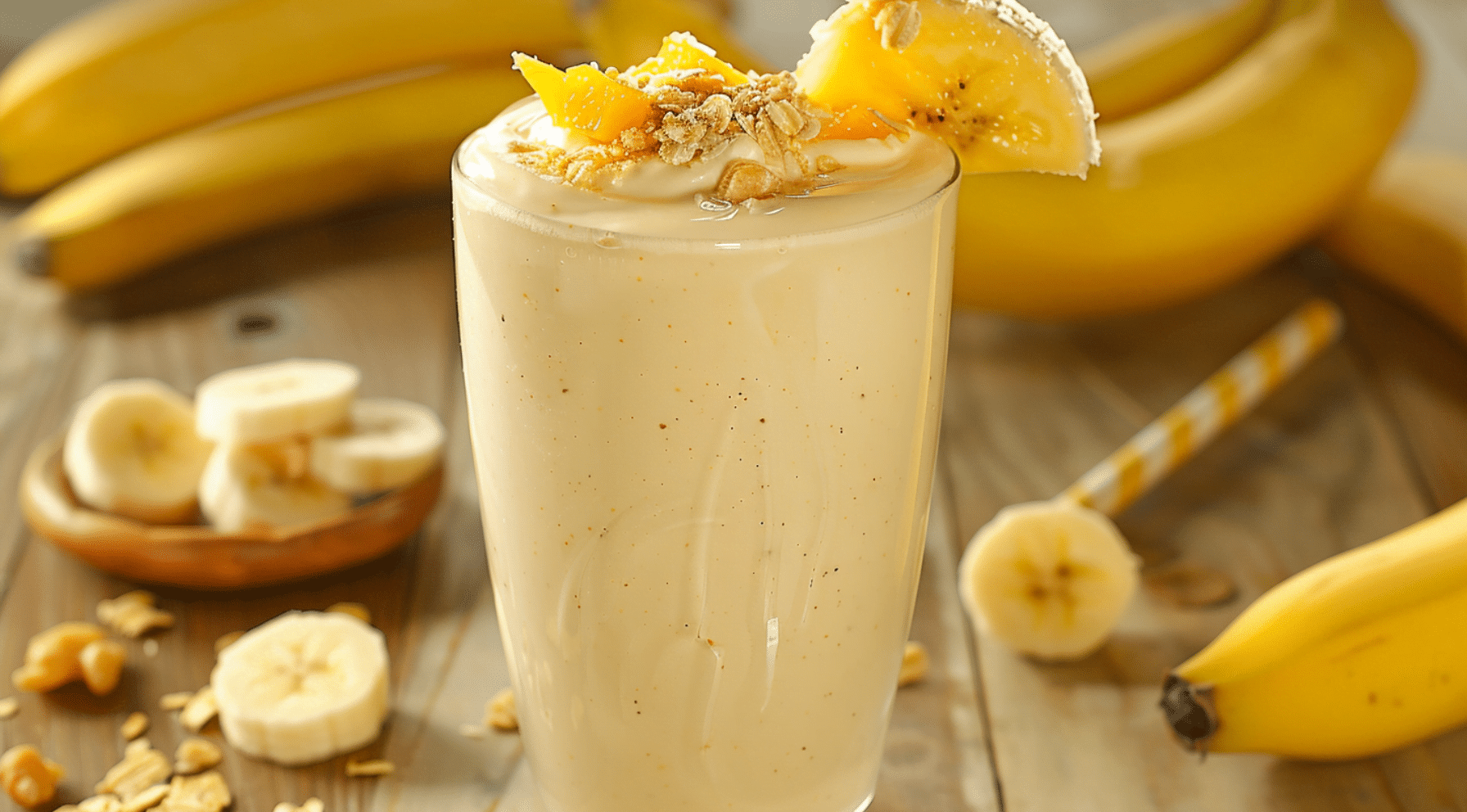
| Ingredient | Description | Tips |
|---|---|---|
| Banana | High in potassium, supporting heart health. | Use ripe bananas for the best flavor and texture. |
| Pineapple | Rich in vitamin C and manganese, promoting immune function and bone health. | For best results, use fresh pineapple. If using canned, choose varieties packed in juice rather than syrup. |
| Coconut Milk | It contains medium-chain triglycerides (MCTs) that provide quick energy. | Opt for unsweetened coconut milk to avoid added sugars. |
Health Benefits
- The Tropical Banana Delight smoothie is high in potassium and MCTs, benefiting heart health and energy levels.
- Potassium helps regulate blood pressure and supports proper muscle and nerve function. MCTs are easily digestible and provide a rapid energy source for the body and brain.
- Studies have shown that consuming adequate potassium may reduce the risk of stroke and cardiovascular disease. MCTs have been linked to improved weight management and increased endurance during exercise.
2. Mango Pineapple Twist

| Ingredient | Top Level | Middle Level | Base Level |
|---|---|---|---|
| Mango | Main ingredient: Mango | It is best when in season during summer. Look for fruits that are slightly soft with a sweet aroma. | For a creamier texture, consider adding coconut milk or yogurt. |
| Pineapple | Main ingredient: Pineapple | They should be heavy for their size with a fresh, green crown. | For a creamier texture, consider adding coconut milk or yogurt. |
| Orange Juice | Main ingredient: Orange Juice | Preferably freshly squeezed for maximum freshness and nutrient content. | N/A |
| Optional Add-ins | N/A | N/A | Consider adding a handful of spinach or kale to boost the nutrient content. |
Health Benefits
- The Mango Pineapple Twist smoothie is rich in vitamin C and antioxidants, which support immune function and combat oxidative stress.
- Vitamin C stimulates the production of white blood cells, which are essential for fighting infections. Antioxidants help neutralize harmful free radicals that can damage cells and contribute to chronic diseases.
- One study found that consuming mango fruit pulp significantly increased blood antioxidant levels in healthy adults. Pineapple contains a unique enzyme called bromelain, which has anti-inflammatory properties and may aid digestion.
3. Citrus Paradise
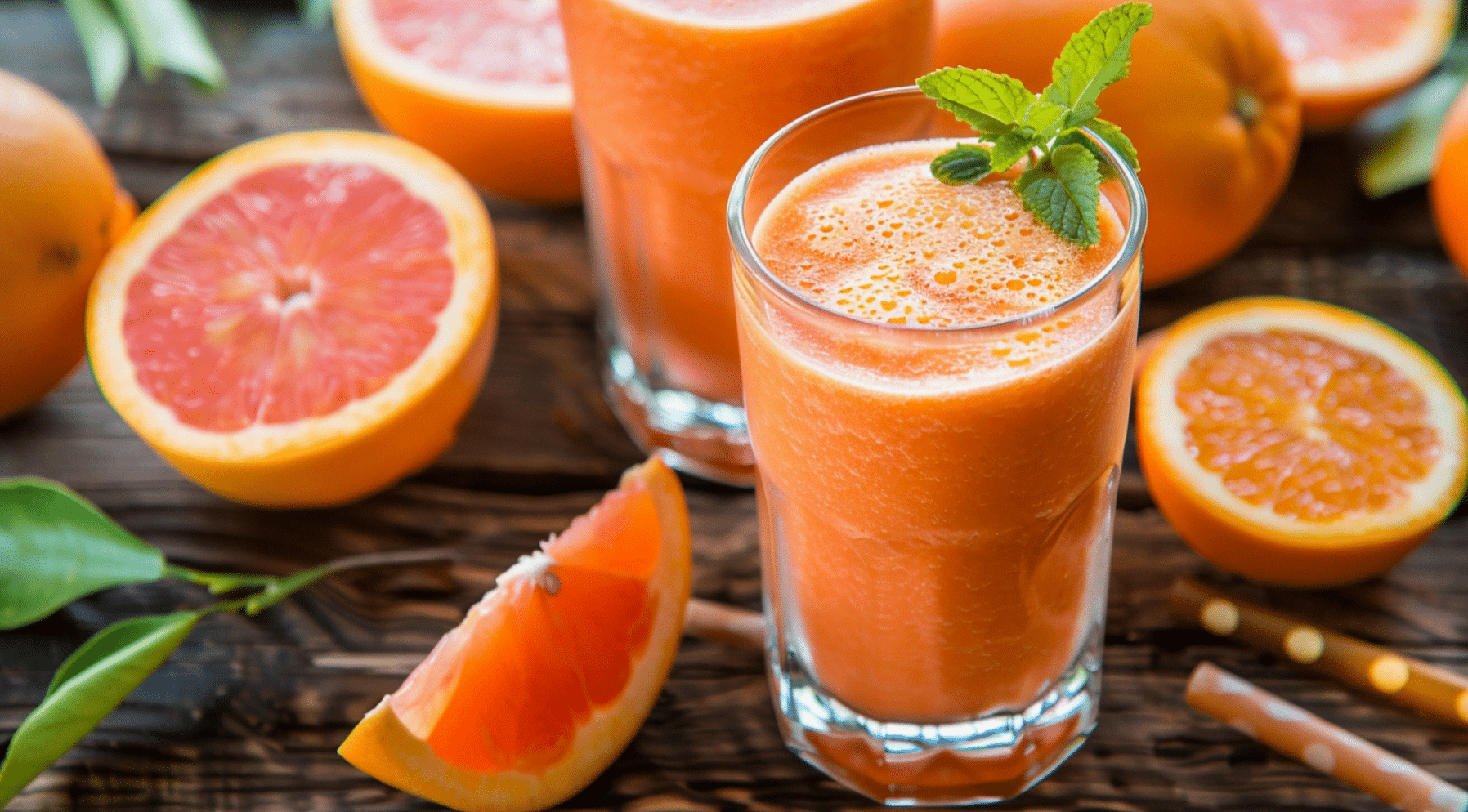
| Ingredient | Top Level | Middle Level | Base Level |
|---|---|---|---|
| Orange Juice | Main ingredient: Orange | Using fresh, hand-squeezed juice ensures the highest nutritional value. | To maximize benefits, include some of the pulp and zest from the fruit. |
| Grapefruit Juice | Main ingredient: Grapefruit | Using fresh, hand-squeezed juice ensures the highest nutritional value. | To maximize benefits, include some of the pulp and zest from the fruit. |
| Lemon Juice | Main ingredient: Lemon | Using fresh, hand-squeezed juice ensures the highest nutritional value. | To maximize benefits, include some of the pulp and zest from the fruit. |
Health Benefits
- The Citrus Paradise smoothie is known for its immune-boosting properties.
- The combination of citrus fruits provides a synergistic blend of vitamins and minerals that support various aspects of immune health.
- Vitamin C, abundant in citrus fruits, enhances the production and function of immune cells like lymphocytes and phagocytes. The flavonoids found in citrus, such as hesperidin and naringenin, have been shown to possess anti-inflammatory and antioxidant effects, further strengthening the immune system.
Customizing Smoothie Recipes for Health Needs
1. Substitutions for Dietary Restrictions
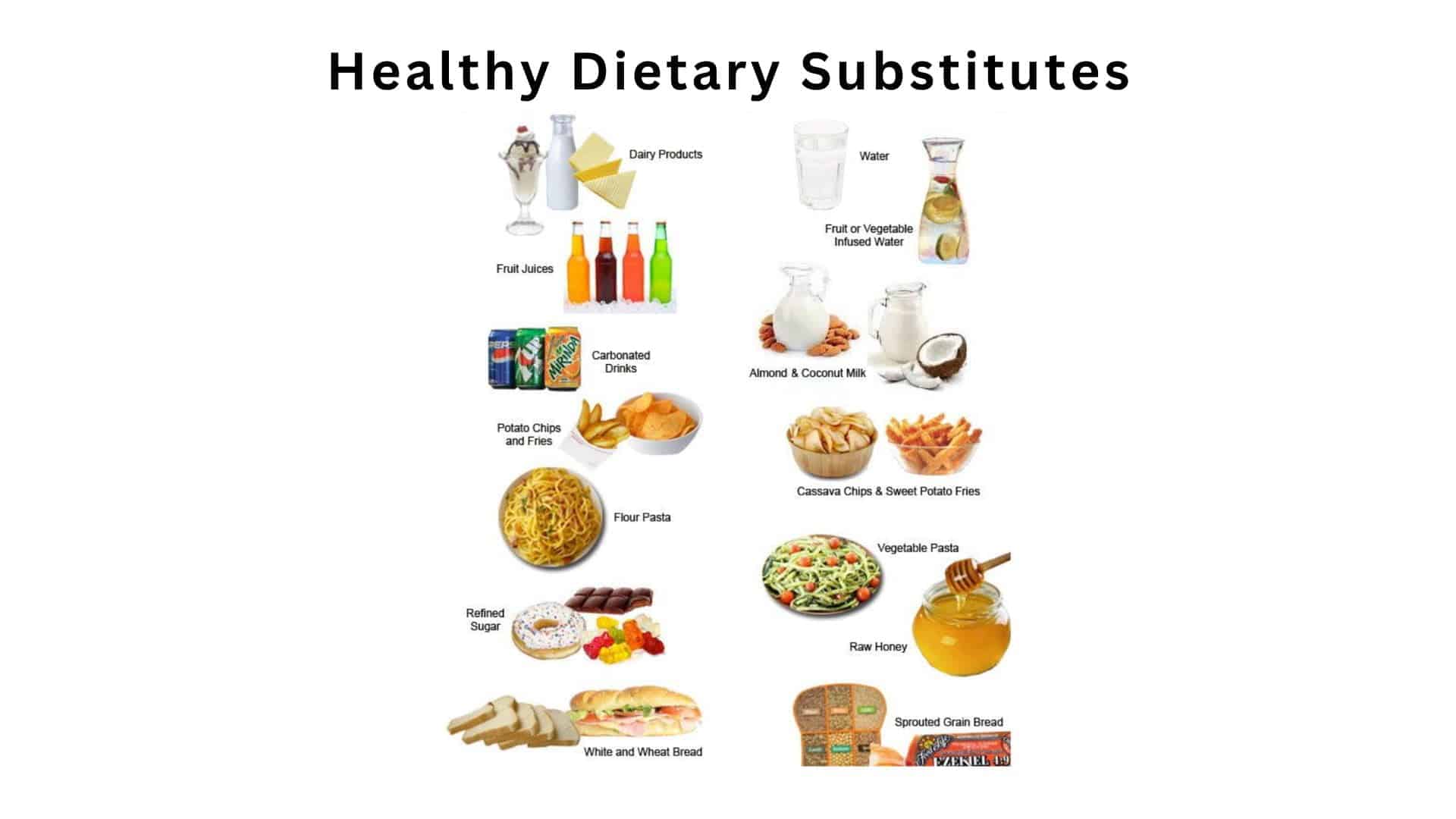
Non-Dairy Substitutions
- Almond, coconut, and oat milk are excellent non-dairy smoothie alternatives for those with lactose intolerance or following a vegan diet.
- Almond milk is lower in calories than cow’s milk, while coconut milk contains healthy medium-chain triglycerides (MCTs). Oat milk is higher in fiber and can help lower cholesterol levels.
- If aiming for weight management, choose unsweetened almond milk as it has the lowest calories. Calcium-fortified non-dairy milk, like soy or almond milk, can be a good choice for those concerned about bone health.
No Added Sugars
- Instead of using refined sugars, sweeten your smoothies with natural sweeteners like ripe bananas, dates, or a touch of honey.
- Reducing added sugar intake can help stabilize blood sugar levels, improve energy, and lower the risk of developing type 2 diabetes and other chronic diseases.
- For a naturally sweet smoothie, try blending 1 ripe banana, 1 cup of strawberries, 1 cup of unsweetened almond milk, and 1/2 cup of ice. The ripe banana and strawberries provide ample sweetness without adding sugars.
2. Adding Supplements
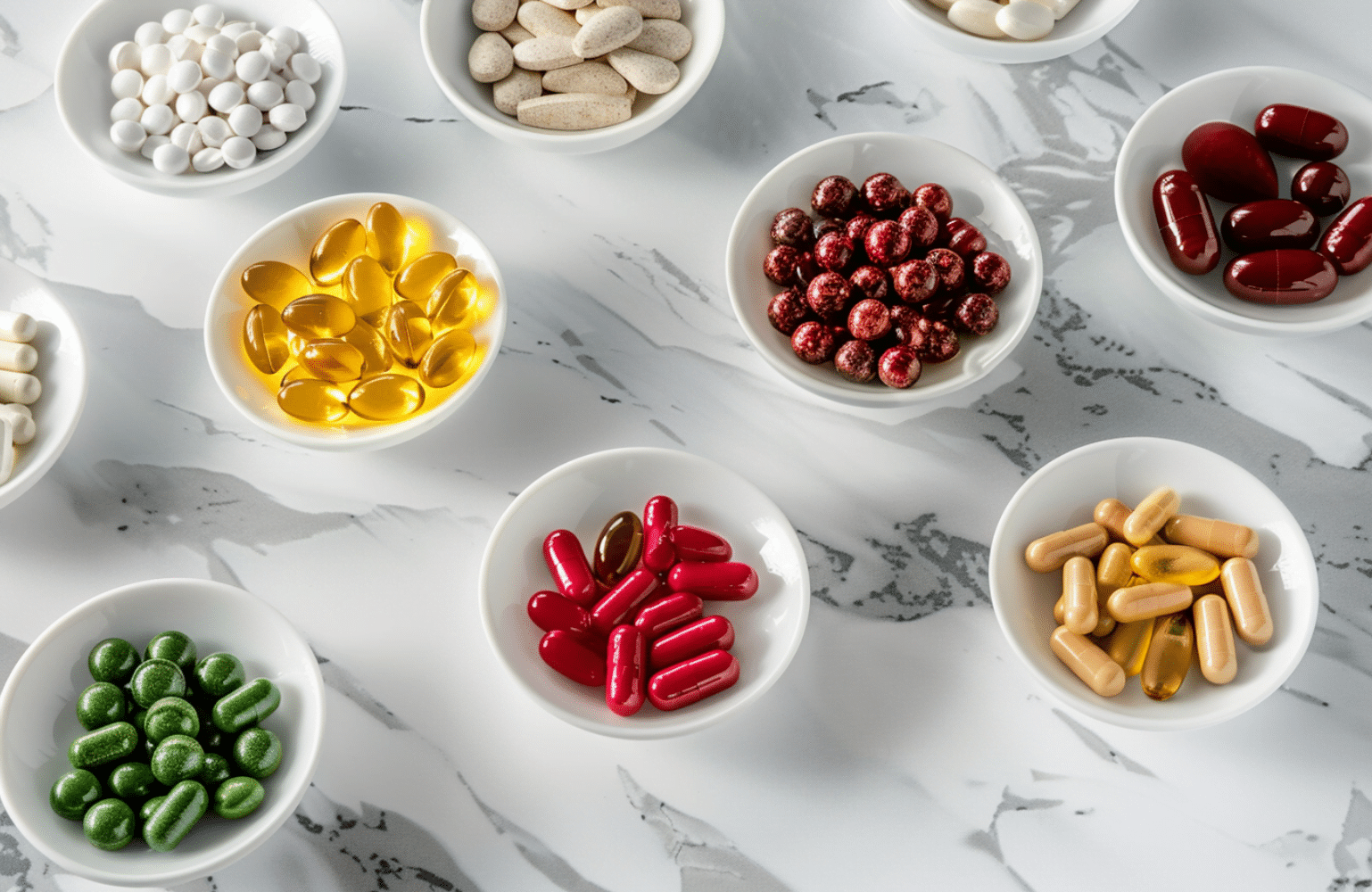
Protein Powders
- Whey, soy, pea, and hemp protein powders are popular additions to smoothies, providing an extra protein boost.
- Adding protein to your smoothies can help repair and build muscle tissue, keep you feeling full longer, and support overall health by providing essential amino acids.
- If you have a dairy allergy or follow a plant-based diet, choose soy, pea, or hemp protein powders. For those looking to build muscle mass, whey protein is a fast-absorbing option that can be beneficial post-workout.
Omega-3 Oils
- Omega-3 fatty acids in flaxseed oil, chia seeds, and fish oil supplements are essential for optimal health.
- Incorporating omega-3s into your diet can support heart health by reducing inflammation, lowering blood pressure, and improving cholesterol levels. They also play a crucial role in brain function and development.
- To add omega-3s to your smoothies without altering the flavor, start with 1 tablespoon of ground flaxseed or chia seeds or 1 teaspoon of flaxseed oil. For fish oil supplements, follow the recommended dosage on the product label and add it to your smoothie just before blending.
Practical Tips for Smoothie Preparation
Equipment Needed
1. Blenders
- When it comes to making smoothies, both high-power and standard blenders can do the job, but high-power blenders offer several advantages.
- Investing in a high-power blender ensures your smoothies have a smoother, creamier texture. These blenders can handle tough ingredients like frozen fruits, nuts, and leafy greens without leaving chunks behind.
- To keep your blender in top condition, clean it immediately after use by blending warm water and a drop of dish soap. Use baking soda and water to scrub the blender for tougher residues, then rinse thoroughly.
2. Cups and Storage
- Having the right smoothie accessories, such as cups, reusable straws, and storage containers, can make enjoying your smoothies more convenient and eco-friendly.
- Opt for BPA-free plastic or glass containers with tight-sealing lids to store leftover smoothies. This helps maintain freshness and prevent spills when on the go.
- Invest in an insulated, double-walled cup with a sturdy straw for a smoothie that stays cold and maintains its texture. Many portable smoothie cups have built-in blender blades for easy blending and drinking.
Preparation Techniques to Maximize Nutrient Retention
1. Ingredient Handling
- Fresh fruits and vegetables are ideal for maximum nutrient retention, but frozen produce can be convenient and equally nutritious.
- When using fresh produce, try to cut and blend your ingredients immediately to minimize exposure to air, which can degrade water-soluble vitamins like vitamin C.
- If you have extra ingredients or want to save time, portion your produce and freeze them in individual smoothie packs. This reduces nutrient loss from oxidation and makes it easier to blend a quick smoothie later.
2. Blending Techniques
| Type | Power (Watts) | Price Range | Recommended Uses |
|---|---|---|---|
| Standard | 200-600 | $30-$100 | Soft fruits, Milkshakes |
| High-Power | 1000-1500 | $100-$400 | Hard vegetables, Ice crushing, Nuts |
| Immersion | 100-300 | $20-$100 | Soups, Single servings |
- The order in which you add ingredients to your blender can impact your smoothie’s texture and nutrient retention.
- Add liquids to your blender, followed by soft ingredients like fresh fruits or yogurt. Add tougher ingredients like frozen fruits or vegetables last. This helps your blender process the ingredients more efficiently and produces a smoother texture.
- Avoid blending your smoothie for too long, as the heat generated can degrade some heat-sensitive vitamins and enzymes. Blend until the desired consistency is reached, typically at least 1-2 minutes for high-power blenders or 3-4 minutes for standard blenders.
Conclusion
Lastly, tropical smoothies offer a delicious and nutritious way to support a healthy lifestyle.
By incorporating a variety of fruits like bananas, pineapples, and mangoes, along with nutrient-rich additions such as yogurt and supplements, these smoothies provide essential vitamins, minerals, and antioxidants that promote overall well-being.
Customizing your smoothies based on personal preferences and health needs allows you to create a tailored blend that tastes great and aligns with your wellness goals.
With the right equipment and preparation techniques, you can maximize the nutritional value of your smoothies while minimizing nutrient loss.
So, grab your blender and start experimenting with your tropical smoothie creations – your body will thank you!
Remember, small changes in your diet can significantly improve your health over time.

